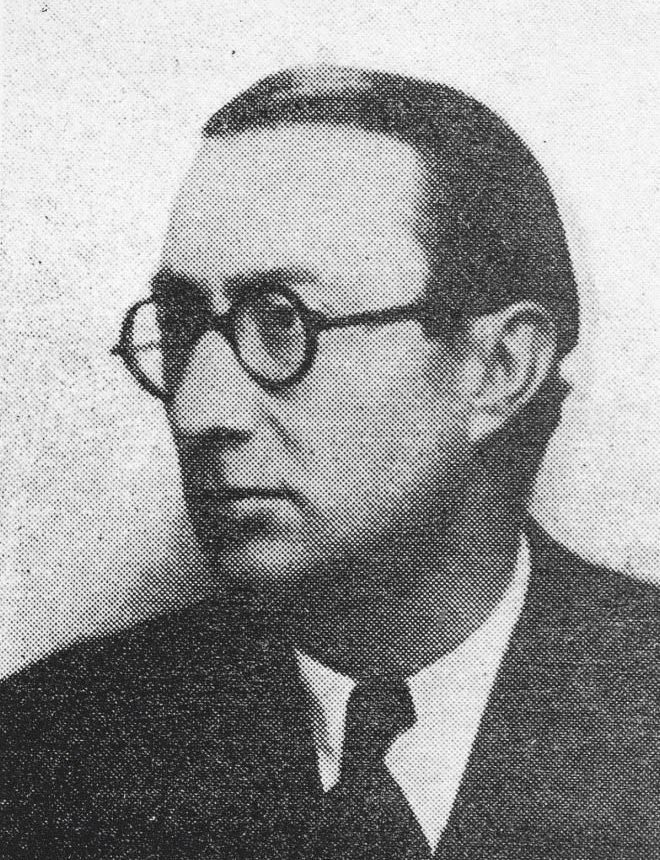Jules GORDON
January 2, 2019Leopold GOTTLIEB
January 2, 2019Jacques GOTKO (born Yankelli Gotkovski)
ODESSA (UKRAINE) 1899 – DEPORTED TO BIRKENAU 1944
Jacques Gotko’s family originally came from Belarus and took refuge in Paris in 1905. Gotko’s father worked as a steelworker for Fiat. His wife and children were left destitute when he died prematurely in 1913. When he was young, Gotko enrolled in the Ecole de Beaux-Arts art school under Marcel Gromaire, following which he exhibited in the Parisian Salons. He paid attention to his master’s classes, from which he kept the geometric aspect of the composition, the massive appearance of the shapes, and the brilliance of the colors. He worked as a set designer for a film-making company in order to provide for his family. He also painted watercolors, and worked as an engraver and a draftsman.
In 1937, Jacques Gotko left Paris and settled in a small village in the Charente-Maritime department where he devoted himself to painting. In June 1941, he was arrested and interned in Compiegne in the “Soviet” section of the camp. Despite the difficult life in the camp, he continued to paint. In September 1942, he was transferred to Drancy where he drew portraits.
On July 31, 1943, he was deported to Birkenau on convoy number 57, and died of typhus on January 2, 1944. His mother and sister were arrested in Bordeaux, interned in Drancy, and deported to Auschwitz on November 11, 1942.
Stories of Jewish Artists of the School of Paris 1905-1939
FRENCH-ENGLISH
Capitale des arts, le Paris des années 1905-1939 attire les artistes du monde entier. De cette période de foisonnement, un terme est resté, celui d'Ecole de Paris, qui recouvre une grande diversité d'expression artistique. Dans ce brassage dont Montparnasse est le creuset, un groupe se distingue : celui des artistes juifs venus de Russie, de Pologne et d'Europe centrale. Si leurs styles sont variés, un destin commun les rassemble : ils fuient l'antisémitisme de leur pays d'origine. Certains ont connu la célébrité dès les années 1920, tels Soutine, Lipchitz ou Chagall. D'autres n'ont pas eu le temps ou la chance d'y accéder. Près de la moitié a péri dans les camps de concentration nazis.
From 1905 to 1939, Paris attracted artists from all over the globe as the capital of the art world. This period of artistic proliferation became known as the School of Paris, and includes a great diversity of artistic expression. Within the teeming art world centred on Montparnasse, one group set itself apart: Jewish artists from Russia, Poland, and Central Europe. Although their styles were diverse, they shared the common fate of fleeing anti-Semitic persecutions in their home countries. Some became famous in the 1920s, such as Soutine, Lipchitz, and Chagall, while others did not have the time or the luck to gain renown. Nearly half of these artists died in Nazi concentration camps.





